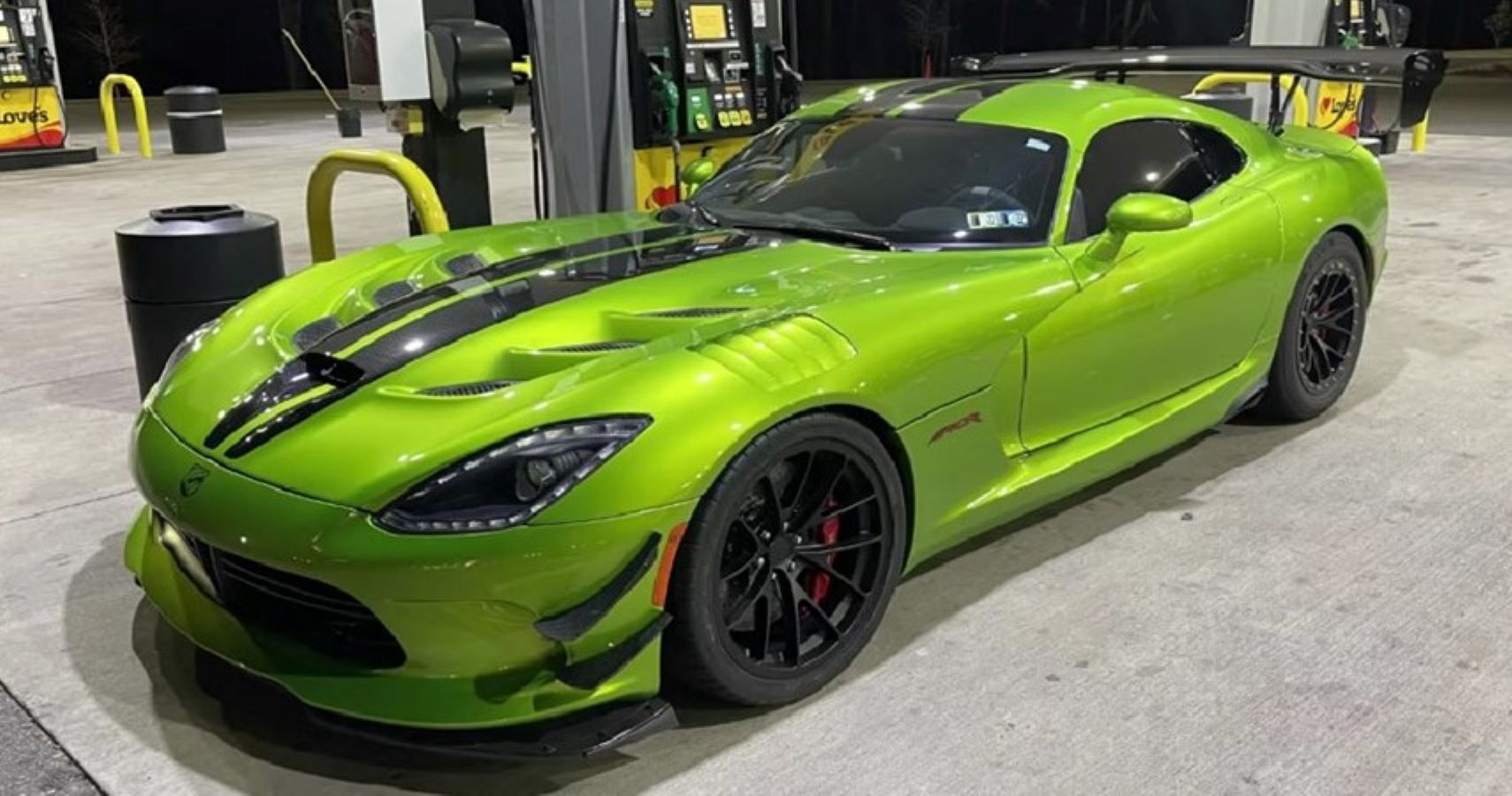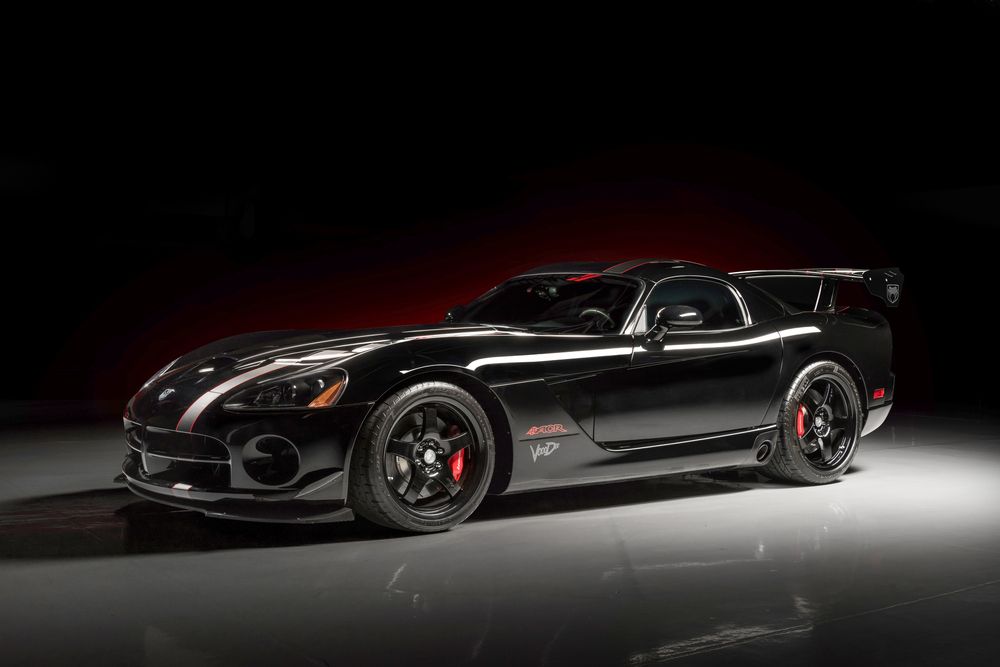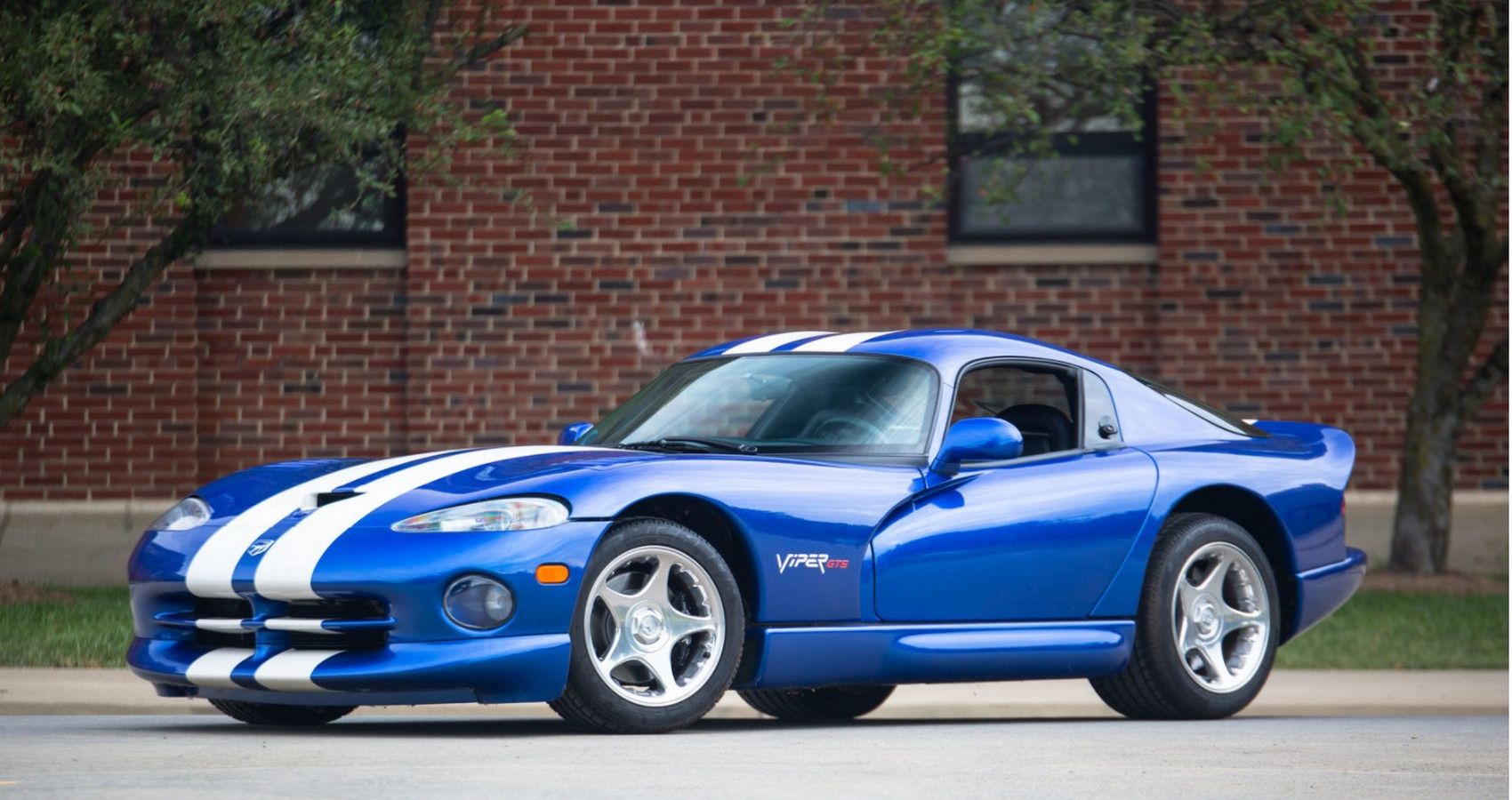At first sight, the Dodge Viper had everything working in its favor: a powerful engine, a decent-enough design, and a cool, sporty interior, and yet, sales were less than stellar compared to its legendary rivals. Meanwhile, bad rep and misrepresentations also didn’t help with car sales. Some argued that the Viper was too loud, while others complained that several technology and safety features were outdated. Notably, the Viper also didn't receive much love from Europeans, as they enjoyed criticizing it for its shortcomings.
Nonetheless, despite its limitations, the Dodge Viper wasn’t a “bad car” or even a dull one, like some that are on every road these days. What’s even more surprising is that even though the Viper (a 2006 Dodge Viper SRT-10) was featured in the ultimate car racing saga, The Fast And Furious, even that didn’t enhance the brand’s reputation or build a loyal customer base outside the United States. So what went wrong?
The Dodge Viper: Rivals Offered Far More Competitive Cars
While the Viper had a strong fanbase, few could argue that this American bull could win against the more acclaimed and famous European competitors, like the Porsche GT3 RS or even the Ferrari 458 that came equipped with luxury features, had better ergonomics, suspension, a more powerful brand associations and sleeker styling. While the Viper was indeed a high-performance car, it takes far more than that to break the market and become a success story. Modern automotive customers expect more from an automobile than what the Dodge Viper could deliver.
The Dodge Viper Had A Total Marketing Fail And A Weak Brand Strategy
Marketing can kill or build a brand, but in Viper's case, there wasn’t any real marketing strategy, or a clearly mapped brand strategy. The original Dodge came equipped with a powerful V10 engine that could put out an impressive 400 hp and 465 lb-ft of torque, according to Cars Guide. But instead of highlighting the car’s performance and marketing it to a global audience, the Dodge team left buyers to do the talking while they failed to truly communicate what made the Viper a truly remarkable car.
This was a disastrous move as the frustration express from unsatisfied customers due to the Viper's shortcomings became more popular than the qualities and positive features. To make matter worse, when the Dodge team finally came up with some kind of social media campaign, like in 2013 when it teased on Facebook the SRT Viper, it turned into a marketing fail that only angered the fans more.
Europeans Loved To Hate The Dodge Viper
In a continent known for the love of luxury and passion for aesthetically pleasing cars, the Dodge Viper appeared as something that only resembled an automobile because it was too big, too heavy, too loud and too "ugly" to be a decent car.
Also, for Europeans, the Viper was an unreliable vehicle; thus, it couldn’t keep up with Japanese cars. Not surprisingly, other countries shared the European views, so the Viper failed to cross the pond and become a truly global brand.
The Dodge Viper Delivered Poor MPG At A Time When Consumers Started Caring About Gas Mileage
Even prior to the ongoing fuel crisis, consumers cared about sustainability and fuel economy. But somehow, Dodge didn’t catch the trend and refused to acknowledge that they need to improve the MPG. While Dodge did a great job by focusing on performance, they failed to consider all other issues. Hence, the company's customers turned to rival models with better gas mileage while also offering comfort and performance.
Just to put things into perspective, the 1997 Dodge Viper had an EPA estimate of 11 miles per gallon in the city and 21 miles per gallon on the highway. One decade later, things haven’t improved at all. And the 2008 Viper had an even more troublesome EPA rating of 13 miles per gallon in the city and 22 miles per gallon on the highway, for a combined 16 miles per gallon.
The Dodge Viper Had Outdated Features
For a while it seemed like Dodge couldn’t innovate, and it refused to keep up with the times. While Viper fans were happy with the outdated features and design, new customers were quick to point out that the American bull couldn’t keep up with its rivals.
What’s worse, rumor has it that Dodge canceled the Viper because it could not comply with federal safety standards (FMVSS 226), which required side curtain airbags. Given the shape of the car, it was impossible to comply with the safety regulation in place. Therefore, instead of finding a design solution or finally innovating, Dodge killed the Viper.

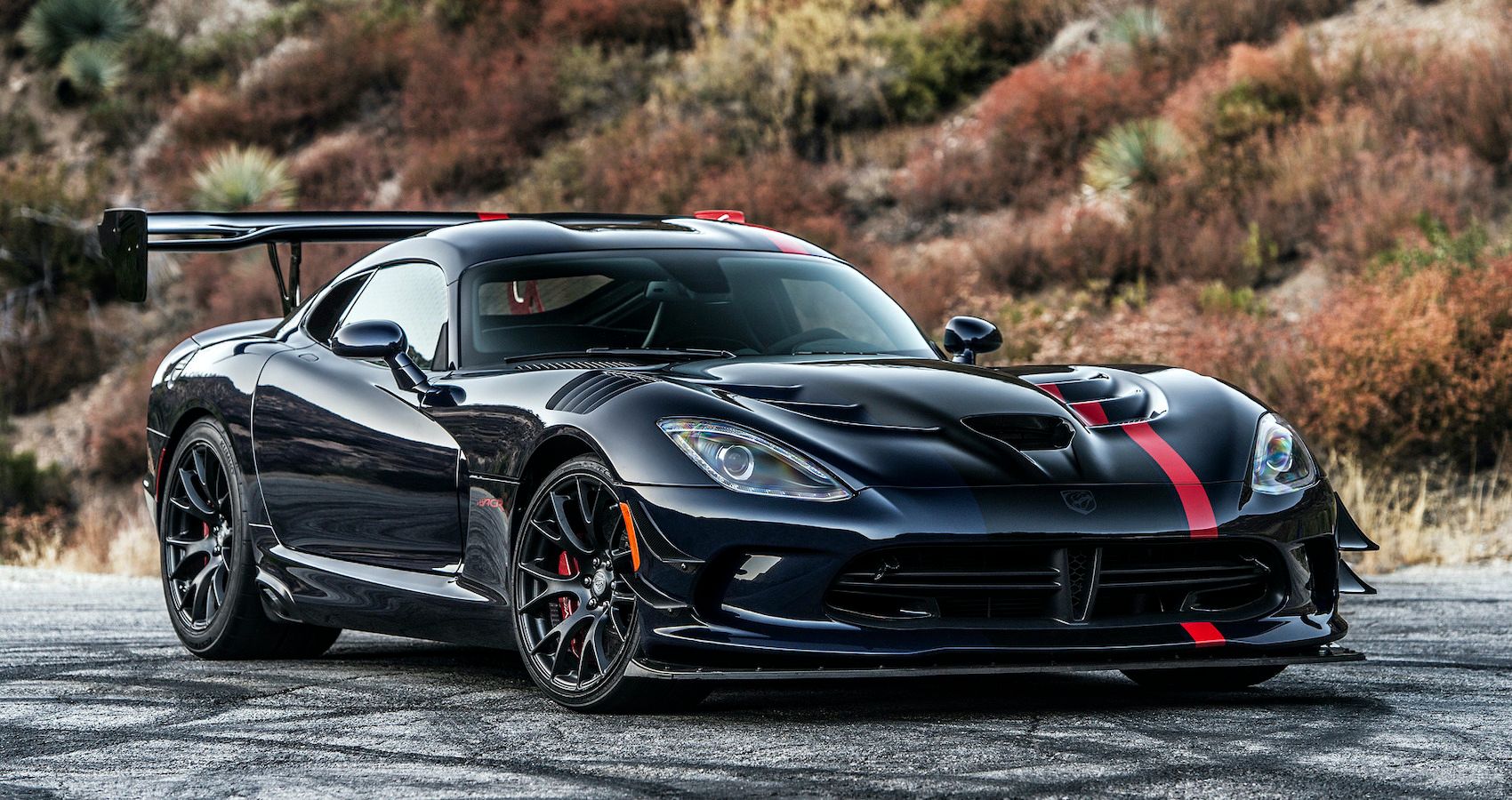
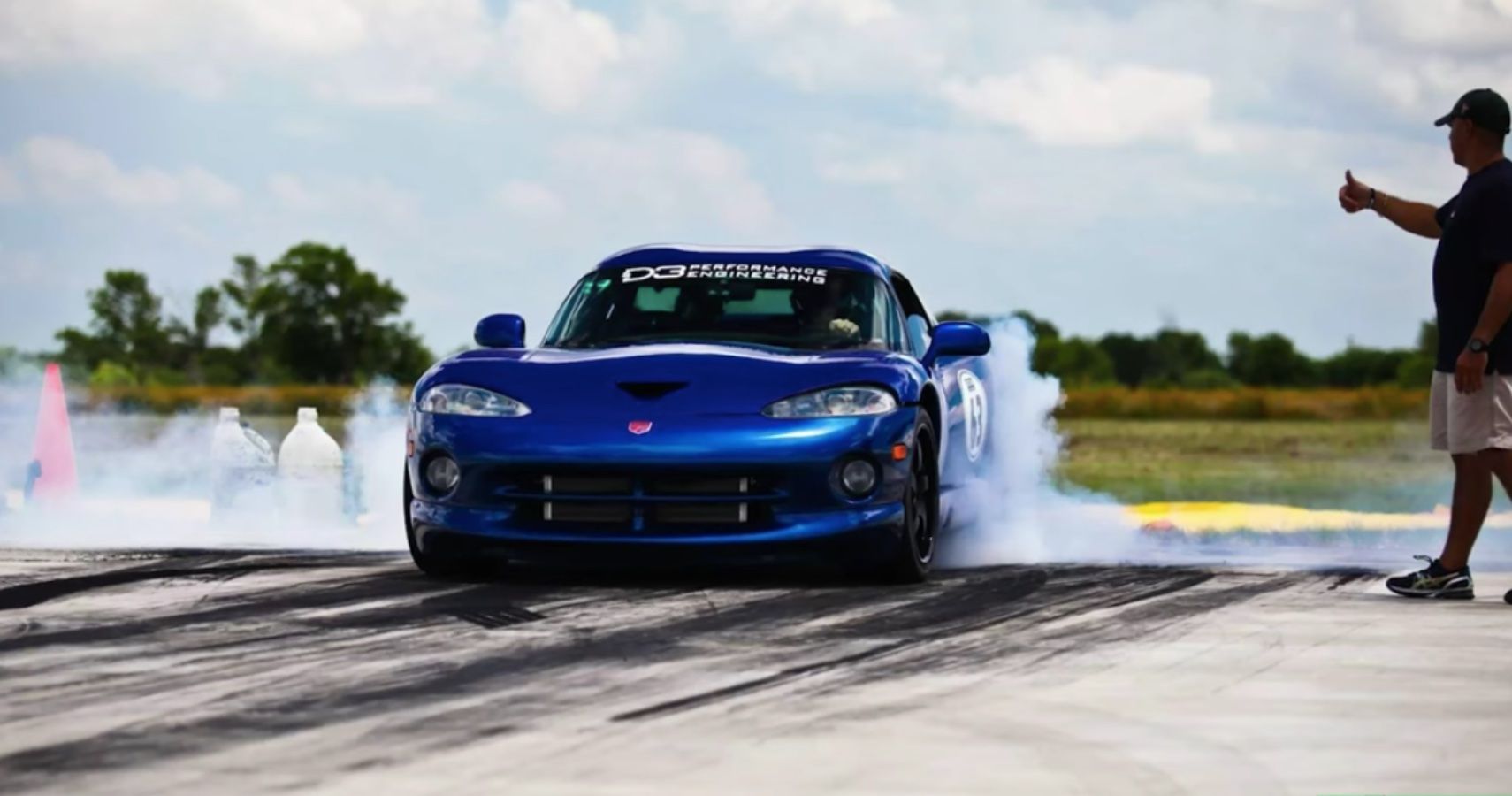
.jpg)
